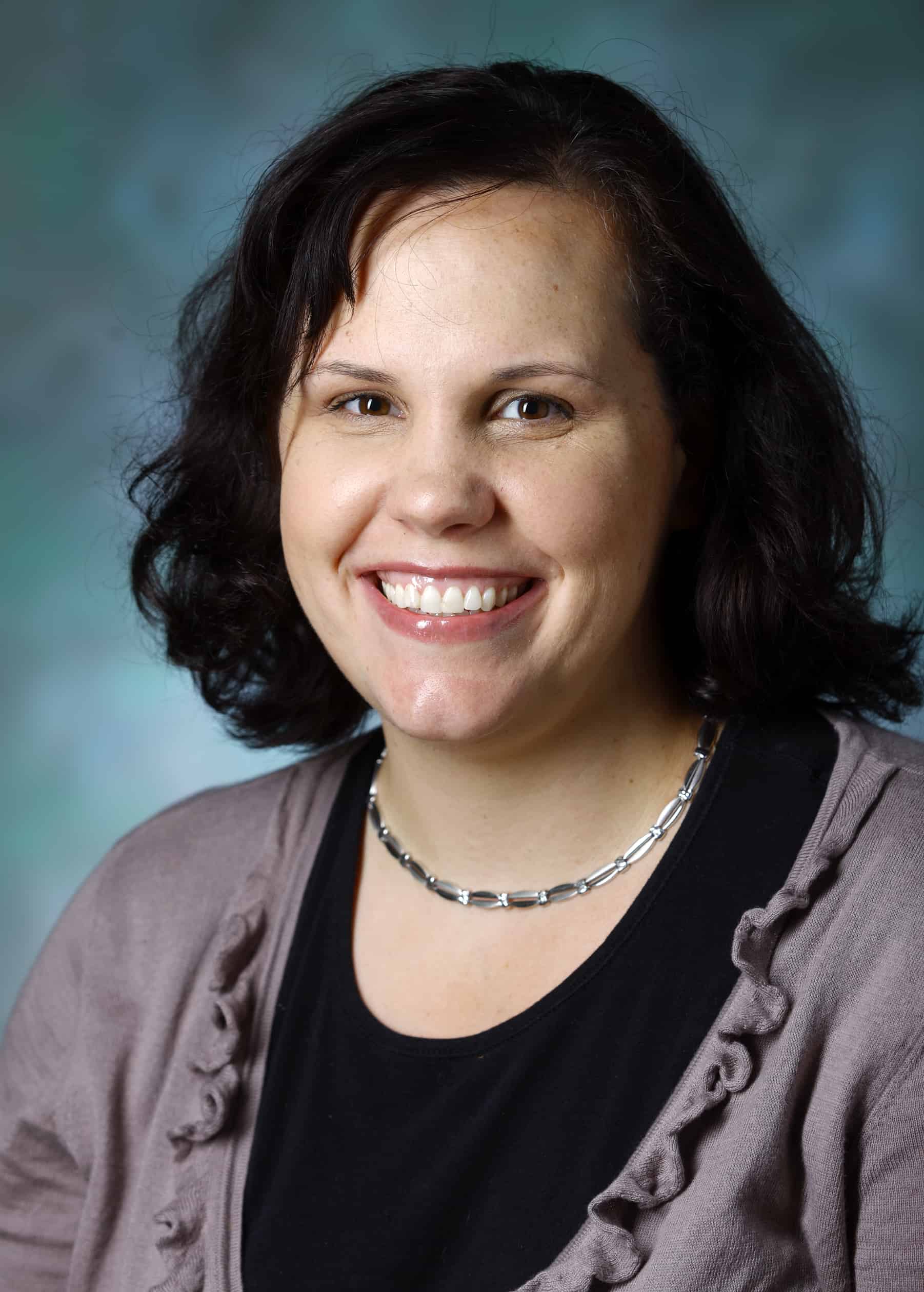Pediatric asthma is the most common chronic disease among children in the United States and a major contributor to health disparities. Many children are diagnosed with asthma early during their preschool years, at an age when they are twice as likely to visit the emergency department and three times as likely to be hospitalized when compared with older children.
Additional studies show that asthma is more prevalent among minorities, with 15.9% of African-American children reporting asthma as compared with 7% of Caucasian children.
“Low income minority children with asthma are more likely to experience asthma exacerbations, visit the emergency department, and be hospitalized,” says Michelle N. Eakin, PhD. “It is important that we determine what can help the families of these children manage their child’s asthma. It is known that controller medications can help families manage symptoms and avoid exacerbations. However, many families have difficulty helping their children take their medications as prescribed. My colleagues and I wanted to assess how families manage their children’s asthma medicines to see what could help them better do so.”
For the study—published in Pediatrics—Dr. Eakin and colleagues sought to assess asthma medication readiness among low-income urban minority preschool-aged children and the association between beliefs about medications and medication readiness.
Medication Readiness
During a baseline assessment, a researcher assistant visited patients’ homes to administer a caregiver survey and to ask the families to show them all of the child’s asthma medicines. Data was collected on whether the family was able to locate the medicine in the home, and if present, whether the medicine was expired or empty. Families were also asked about the purpose of the medicine and how often is should be used. The five criteria were recorded as the medication readiness index to determine if the family had the child’s rescue and/or controller medicine available to use in the home and had the knowledge to us it as prescribed.
Among study participants, (mean age 4.2 years, 92% African American, 60% male), 96% of their caregivers reported a rescue medication, but only 79% had it in the home (Figure). Additionally, only 60% met all five medication readiness criteria. Among children prescribed a controller medication, 79% had it in the home, and only 49% met all five readiness criteria. Fewer worries and concerns about medications were associated with higher odds of meeting all five readiness criteria for controller medications. Dr. Eakin says it is concerning that only 60% of families had a rescue medication available in the home that was not expired or empty.
“Less than half of the families had a controller medication available that was not expired or empty,” adds Dr. Eakin. “We know that many children may not take this medication as prescribed, but if it is not even in the home, the child has no opportunity to take it at all. We were surprised by how many families did not have the medication in the home. Among those who did have some medications in the home, many were expired or empty. Many family members were not aware that the child’s inhaler was empty, since inhalers can still dispense propellant without active medication.”
Medication Beliefs
Caregiver beliefs about medications were measured by a 21-item Pediatric Asthma Medication Beliefs Assessment (PAMBA). Higher scores on the PAMBA, indicating more positive beliefs about asthma medications, were associated with increased odds of meeting all five medication readiness criteria for controller medications but not for rescue medications.
“We found that families who believed the controller medicine was helpful for managing their child’s asthma and had less worries and concerns about the controller medicine were more likely to have it available in the home,” says Dr. Eakin. “The key message here is that families need education about controller medicines to understand how they work and what benefits they may notice—and clinicians must address concerns about side effects—in order to improve their willingness to have it available in the home for the child to take as prescribed.
Dr. Eakin hopes that this research will motivate healthcare providers to work with families to overcome barriers to medication availability, including providing education on the role of medications, how to check for expiration dates and whether the inhaler is empty, and working with insurance companies to fill multiple inhalers if needed. In addition, Dr. Eakin urges insurance companies to review their policies for only filling one inhaler at a time, as doing so may help allow families to have medications available in multiple locations.


 PWeekly
PWeekly